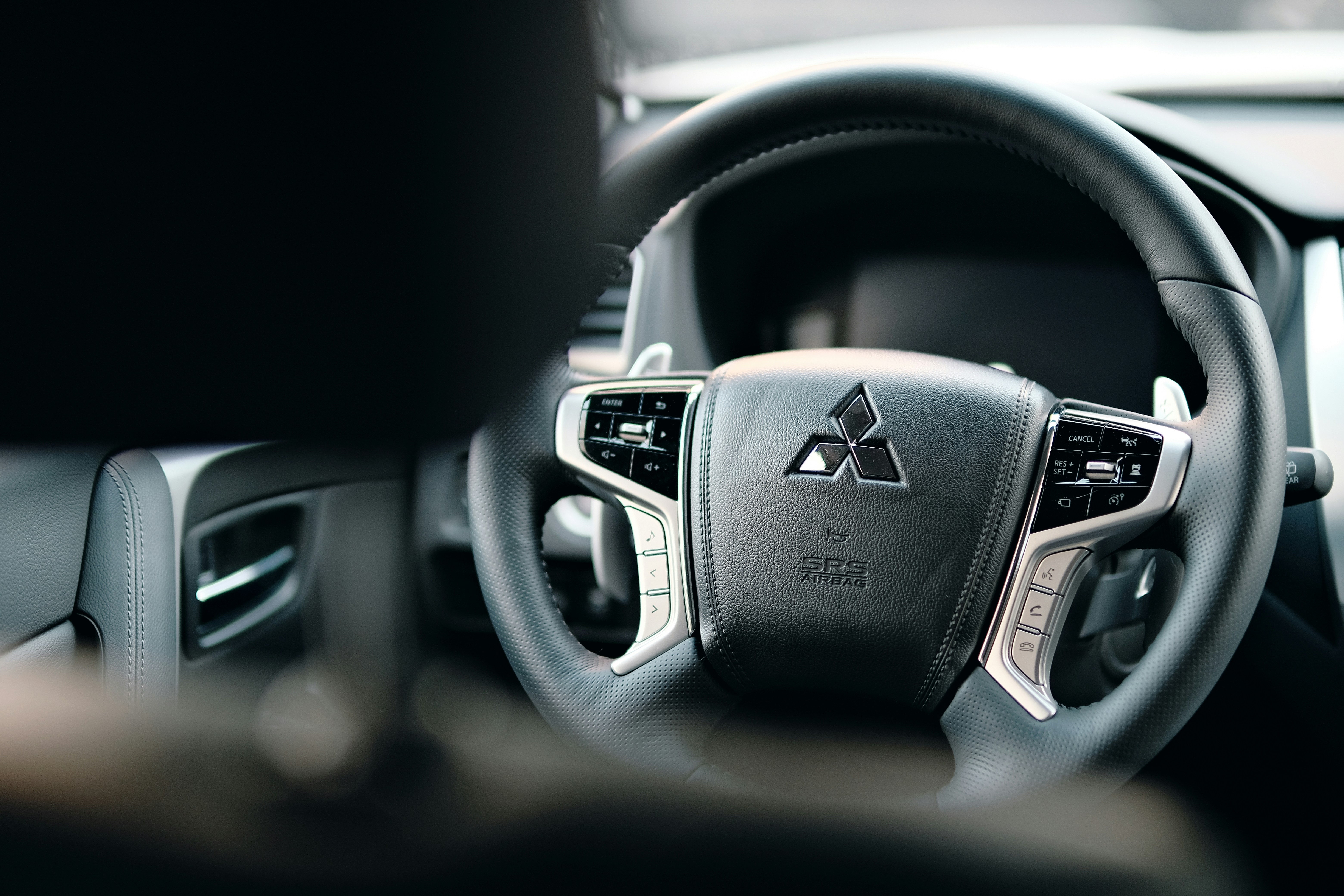The Hidden World of Car Seat Ergonomics
Buckle up as we delve into the often-overlooked realm of car seat ergonomics. This crucial aspect of automotive design marries comfort with safety, shaping our driving experience in ways we rarely consider. From reducing fatigue on long journeys to potentially saving lives in collisions, the science behind car seat design is a fascinating intersection of engineering, physiology, and psychology.

The Evolution of Car Seat Design
Car seats have come a long way since the early days of the automobile. In the nascent years of motoring, seats were little more than padded benches, offering minimal support and even less safety. As vehicles became faster and journeys longer, the need for more sophisticated seating became apparent.
The 1950s saw the introduction of bucket seats, providing better lateral support. This was followed by the incorporation of headrests in the late 1960s, primarily as a safety feature to prevent whiplash. The subsequent decades witnessed rapid advancements, with the integration of lumbar support, adjustable thigh support, and even massage functions in luxury vehicles.
The Science of Sitting
At the heart of car seat ergonomics lies a deep understanding of human anatomy and biomechanics. Designers and engineers work closely with physiotherapists and ergonomics experts to create seats that support the natural curvature of the spine, distribute weight evenly, and reduce pressure points.
The ideal driving position, according to ergonomics experts, involves a slight recline of the seat back, with the driver’s hips slightly higher than their knees. This position helps maintain the spine’s natural S-curve, reducing strain on the lower back. The steering wheel should be positioned so that the driver’s arms are slightly bent when gripping it, reducing shoulder and upper back fatigue.
Customization: The Key to Comfort
One size does not fit all when it comes to car seats. Modern vehicles offer a range of adjustments to accommodate different body types and driving preferences. These include:
-
Height adjustment: Allows drivers of different statures to maintain optimal visibility and reach controls comfortably.
-
Lumbar support: Adjustable lower back support helps prevent back pain during long drives.
-
Thigh support: Extendable seat cushions provide better support for taller drivers.
-
Seat tilt: Adjusting the angle of the seat base can improve circulation and reduce leg fatigue.
-
Memory functions: High-end vehicles often offer memory settings for multiple drivers, ensuring consistent comfort.
Safety Considerations in Seat Design
While comfort is crucial, safety remains paramount in car seat design. Modern seats are engineered to work in harmony with other safety systems like seatbelts and airbags. In the event of a collision, a well-designed seat can:
-
Absorb energy: The seat structure is designed to deform in a controlled manner, absorbing impact forces.
-
Prevent submarining: This refers to the tendency of an occupant to slide under the seatbelt during a frontal impact. Proper seat design and belt positioning help mitigate this risk.
-
Reduce whiplash: Active head restraints move forward in rear-end collisions, reducing the distance the head travels and minimizing neck injuries.
The Future of Car Seat Ergonomics
As we look to the future, car seat design continues to evolve. Some exciting developments on the horizon include:
-
Biometric sensors: Seats that can monitor the driver’s vital signs, detecting fatigue or health issues.
-
Climate control: Beyond simple heating and cooling, future seats may offer personalized climate zones for different parts of the body.
-
Dynamic support: Seats that automatically adjust based on driving conditions, providing more support during cornering or high-speed driving.
-
Sustainable materials: As the automotive industry focuses on sustainability, we’re likely to see more eco-friendly materials in seat construction.
The Intersection of Comfort and Technology
The integration of technology into car seat design is reshaping our driving experience. From seats with built-in speakers for a more immersive audio experience to those with haptic feedback systems that can alert drivers to potential hazards, technology is expanding the role of the humble car seat.
Some luxury vehicles now offer seats with up to 30 different adjustment options, controlled via touchscreen interfaces. These seats can be programmed to provide periodic micro-adjustments during long drives, subtly changing the pressure points to reduce fatigue and improve circulation.
Challenges in Car Seat Design
Despite advancements, car seat designers face ongoing challenges. One of the most significant is balancing comfort with safety requirements. For instance, side bolsters that provide excellent support during cornering can interfere with side-impact airbag deployment if not carefully designed.
Another challenge is accommodating the wide range of body types and sizes across different markets. A seat design that works well for the average European driver may not be suitable for markets in Asia or North America, necessitating regional variations.
The Role of Ergonomics in Brand Identity
Interestingly, car seat design has become an integral part of a brand’s identity. Luxury car manufacturers, in particular, invest heavily in developing signature seat designs that embody their brand values. For some, this means emphasizing sporty support, while others focus on plush comfort.
This branding extends to the materials used, with some manufacturers developing unique textiles or leathers that become synonymous with their vehicles. The tactile experience of sitting in the car becomes part of the overall brand experience.
The Unsung Heroes of Automotive Design
Car seat ergonomics represents a fascinating blend of science, engineering, and design. These unsung heroes of the automotive world play a crucial role in our driving experience, safety, and overall well-being on the road. As we move into an era of increasingly sophisticated vehicles, the humble car seat continues to evolve, promising even greater levels of comfort, safety, and personalization in the future.
The next time you settle into your car seat, take a moment to appreciate the countless hours of research, design, and engineering that have gone into making your journey comfortable and safe. It’s a testament to the incredible attention to detail that defines modern automotive design, where even the most seemingly simple components are the result of complex, multidisciplinary efforts.




